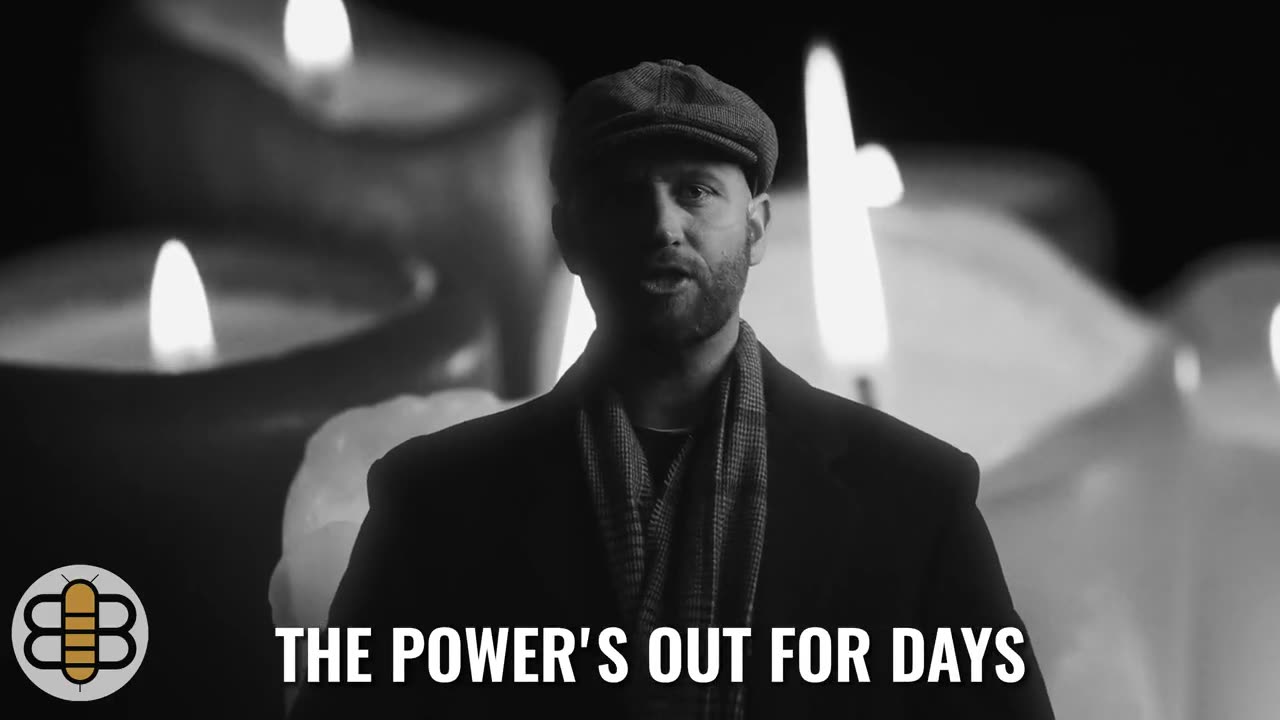Protecting the Unborn Means Restoring Marriage and Family

On July 28, an Obama-era judge blocked a key provision of President Donald Trump’s “One Big Beautiful Bill Act”: the one-year ban on taxpayer funding for Planned Parenthood.
Live Your Best Retirement
Fun • Funds • Fitness • Freedom
This latest ruling is just one of many setbacks the pro-life movement has faced since the Supreme Court overturned Roe v. Wade in 2022. But that’s not surprising: For 50 years, Roe corrupted not just our laws and courts but our culture—landing us in a society where the defense of unborn human life struggles to resonate.
Roe (1973) didn’t emerge in a vacuum; rather, it represented a pivotal moment in the sexual revolution that has reshaped our society for two generations. Despite a solid scientific case for the humanity of the unborn, legal abortion persists because of the staying power it provides for that revolution.
To make meaningful progress, the pro-life movement must frame legal abortion as one battle within this broader cultural upheaval.
That might seem like quixotic advice, but the recent battles over gender ideology and pediatric gender medicine have exposed the destructive logic of the sexual revolution to a large majority of Americans like never before.
How?
The sexual revolution’s core enticing idea is that sex, marriage, and childbirth need not—and even should not—be interconnected. Its success hinged on a technological catalyst: the birth control pill, introduced in 1960.
The pill arrived as influential voices vilified motherhood, pressuring women to reject their unique callings to love and nurture in favor of a so-called “liberation” from marriage and domestic life. It normalized casual, uncommitted sex by severing its natural link to procreation. By detaching the conjugal act from its life-giving purpose, it undermined the cultural meaning of marriage.
Then came no-fault divorce laws, which further weakened marriage’s foundational role in society. Legally, marriage became a weak contract reflecting adult preferences, not a sacred union tied to family and procreation.
Revolutionaries marketed these changes as tools of freedom, selling the pill as a solution to “unplanned” pregnancies of unwed mothers. But that was never the case.
In 1950, only 3.9% of U.S. births were to unwed mothers. By 1960, this rose to 5%. A decade after the pill’s introduction, the rate doubled to 11%. Today, about 40% of U.S. births occur outside marriage. Far from solving “unplanned” pregnancies, the pill exacerbated them.
That meant a new “solution”: abortion on demand. In 1973, Roe v. Wade claimed a constitutional right to abortion, making it the fallback when contraception failed. This became a perverse answer to the moral chaos created by decoupling sex from marriage and childbirth.
Since 1973, over 64 million abortions have occurred in the U.S. That’s equivalent to 19% of our current population. Nearly one in four American women has had an abortion. Now, in 2025, it’s become cultural.
In 2022, the pro-life movement celebrated a legal victory when Dobbs v. Jackson overturned Roe. But Dobbs alone cannot reverse the cultural damage of a half-century of abortion on demand.
Indeed, the sexual revolution’s logic extended far beyond Roe. In 2015, the Supreme Court fundamentally redefined marriage in the landmark case Obergefell v. Hodges, ruling that marriage had no inherent connection to mating or childbirth—merely to romantic preference.
This decision rested on the revolutionary premise that sex, marriage, and procreation are not a package deal—a premise that, by 2015, might as well have been settled law.
Obergefell paved the way for gender ideology, which seeks to erase the legal and cultural distinction between male and female. By 2015, states, medical groups, media, schools, and the federal government under President Biden began replacing “sex” with “gender identity” and “sex assigned at birth,” dismissing biological reality as a mere oppressive social construct.
But around 2022, this battle of the sexual revolution stalled. Armed with scientific evidence, a diverse coalition of parents, academics, and activists launched a counteroffensive. Many states passed laws protecting women’s sports and bathrooms and restricting gender transition drugs and surgeries for minors.
In 2024, Trump’s re-election campaign capitalized on this, making opposition to gender ideology a cornerstone of his second term. And in June 2025, the Supreme Court’s Skrmetti decision upheld Tennessee’s ban on gender “transition” quackery for minors.
This rare cultural reversal offers a strategic opportunity for the pro-life movement. For the first time, the sexual revolution is losing ground. Americans are beginning to see its ghoulish consequences, recognizing that it’s not just an attack on the unborn, but on marriage, family, and the minds, hearts, bodies, and fertility of our children.
The pro-life movement should seize this moment to persuade the public to join us in restoring the purpose of marriage and family in law and culture. To succeed, we must connect the dots between abortion on demand and the sexual revolution’s assault on the natural family. The lives of countless unborn children—and the future of the American Experiment—depend on it.
The post Protecting the Unborn Means Restoring Marriage and Family appeared first on The Daily Signal.
Originally Published at Daily Wire, Daily Signal, or The Blaze
What's Your Reaction?
 Like
0
Like
0
 Dislike
0
Dislike
0
 Love
0
Love
0
 Funny
0
Funny
0
 Angry
0
Angry
0
 Sad
0
Sad
0
 Wow
0
Wow
0










































































